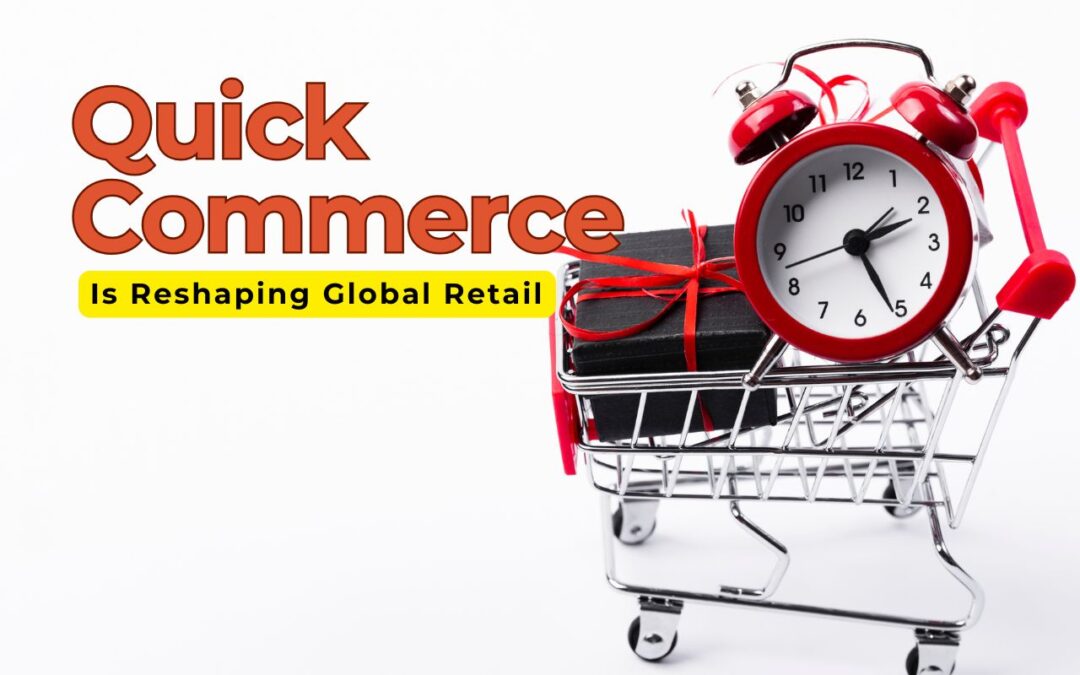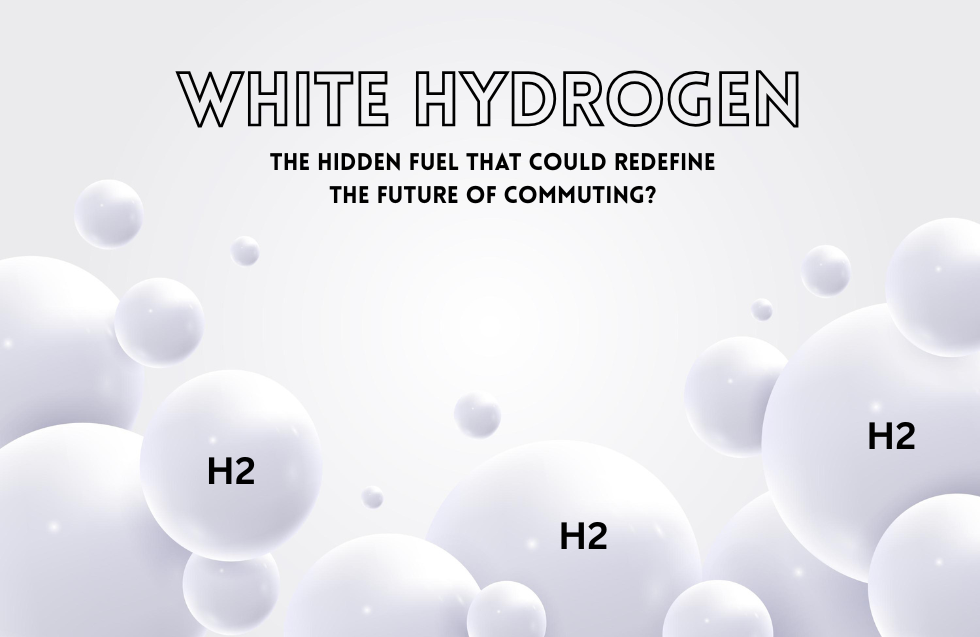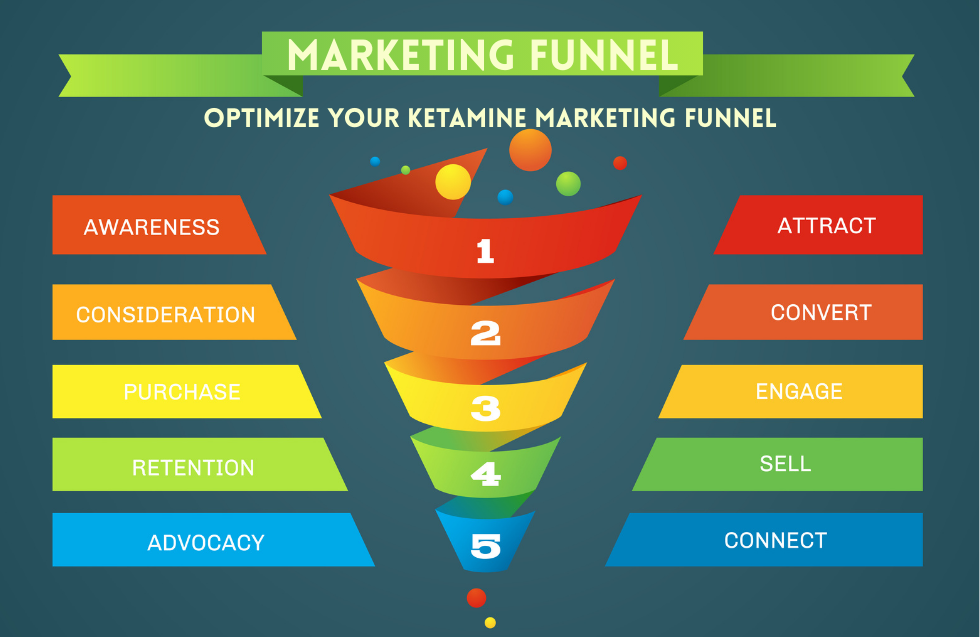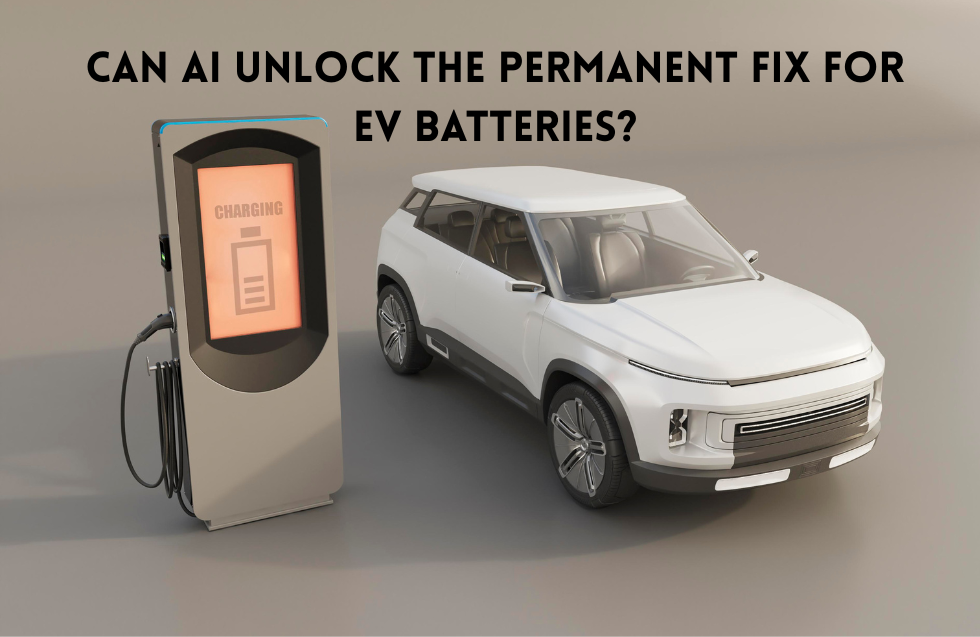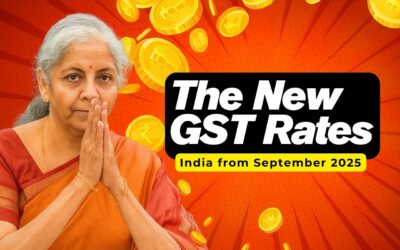Picture ordering groceries, beauty products, or even a power bank, and it is delivered to your doorstep in 10 minutes. Not tomorrow, not later today. Right now. You have entered the world of Quick Commerce, where instant gratification is not occasional; it’s an expectation. What began as a luxury during the lockdown has evolved into a global retail phenomenon, and throughout many different countries, from India to the UAE, UK to Brazil, Q-Commerce is quietly transforming how we shop, live, and think about time.
Let’s take a look at how this blink-fast shopping experience has risen to become a hugely successful global trend.
What is Quick Commerce?
Quick Commerce is the next level of e-commerce. It centers around the delivery of small quantities of goods (mostly grocery-type purchases, snack purchases, personal care products, and daily essentials), with a promise to deliver the goods in less than 30 minutes (usually 10–30 minutes). This is made possible by dark stores (i.e., micro-warehouses), smart logistics, predictive inventory, and consumers who want everything now.
Companies providing Q-Commerce apps like Blinkit (in India), Flink (Germany), Getir (Turkey), and Gopuff (US) have shown that it is not only possible to operate this business model, but to be very successful in it, despite the tiny margins and high expectations.
Speed: The New Currency of Retail
When 2 minutes feels excessively long for an ad, speed has evolved into a differentiator of brands. Q-Commerce capitalizes on speed. It does not just offer products, but delivers time. For busy professionals, exhausted parents, all-nighters cramming students, or anyone in need of a last-minute snack for a party, Q-Commerce is more than a service. It is a lifesaver.
Consumers are now not only purchasing goods, that’s already a thing of the past; they’re purchasing time, convenience, and peace of mind. It’s this emotional value that has transformed Q-Commerce from being a nice-to-have to being a need or necessity in many markets.
Market Shift: Necessity to Habit
During the pandemic, Q-Commerce served a crucial need. People couldn’t go out during lockdowns, so fast delivery was not an advantage, but rather, a necessity. Once the pandemic was over, something interesting happened: people didn’t want to go back to waiting.
The habit has taken hold, especially amongst Gen Z and millennials. These generations are more likely to impulse buy; they live in cities and are digital-first consumers. Fast delivery is not extraordinary for them; it is expected.
Retailers everywhere are reacting. In India, Blinkit is now delivering electronics and stationery along with groceries. In the UK, Deliveroo and Uber Eats are moving into essential goods. In the UAE, there are local players such as Talabat and Careem rapidly expanding their Q-Commerce segments. And in the US, we see retailers partnering with Gopuff or building their own rapid delivery arms.
The Performance Challenges
Delivering in as little as 10 minutes seems simple, but it’s not a magic trick; it is a logistical juggling act. The key to Q-Commerce is tight infrastructure, localised inventory, AI demand forecasting, trained riders, and high delivery density.
Margins are tight, so it is best in very large cities with higher populations. Fuel, labour, and warehousing are operational costs that can quickly reduce profitability. Many companies that began to expand rapidly will face slow budgets, like Gorillas (Germany) and Jokr (US), because they grew without efficient, sustainable unit economics.
Nevertheless, others have adjusted. Brands are working together, consolidating, or expanding into multiple categories that allow them to operate more productively. They expanded beyond groceries to phone accessories and gifts, and medicines, expanding their revenue stream.
Global Adoption with Local Flavors
What we find exciting is that Q-Commerce is adapting to local countries.
- India: Hyperlocal demand is driving Q-Commerce. Customers are finding apps like Blinkit and Zepto delivering festival items, school supplies, and most importantly, coconut water.
- UAE: A fast-paced lifestyle and a high level of smartphone penetration make it a breeding ground for Q-Commerce growth. Customers find value in Talabat Mart, doing express grocery and essential purchases.
- Europe: Demand for e-bikes and EV deliveries is well-suited to urban cities with strong environmental concerns. In cities such as Berlin and Amsterdam, sustainability and speed coexist nicely.
- US: There’s appreciation for suburban challenges, but we are seeing good growth in urban markets. Q-Commerce is emerging as a lifestyle add-on, especially for young adults via Gopuff and Instacart Express.
What’s Next?
Q-Commerce is entering phase two. This isn’t just about the simple question of “how fast can we deliver?” It’s shifting to “how smart, relevant, and sustainable” the service can be.
Look for:
- AI-driven personalization in terms of what is stocked near you, based on your past orders
- Green delivery models, incorporating EVs and recyclable packaging
- Hyper-local partnerships with restaurants, pharmacies, and local brands.
As the expectations of consumers increase, the winning organizations will be those who provide not only speed but meaning, offering not only products, but experiences that are smarter.
Final Thought: Blink. Buy. Boom
We live in a world that doesn’t like to wait, and Q-Commerce is the logical answer. It is not replacing traditional e-commerce, but it is certainly reshaping it. It is creating a place where time becomes the product, and speed becomes the strategy.
Whether a daily supply of milk, an emergency gift, or a delivery from another country, quick commerce is not just a trend; it is a transformation in progress. So the next time you blink and your groceries arrive on your doorstep – remember, you are participating in a retail revolution.
